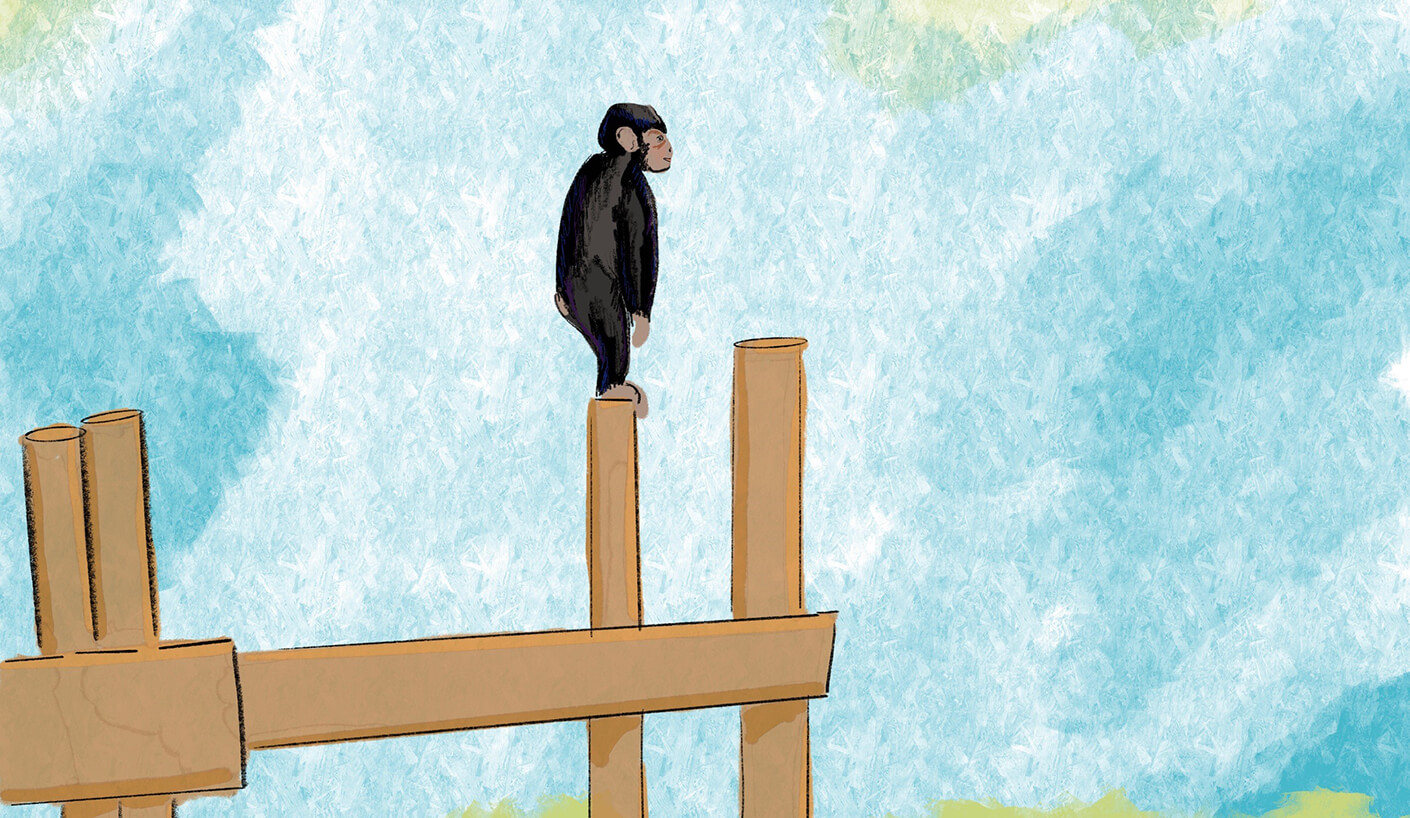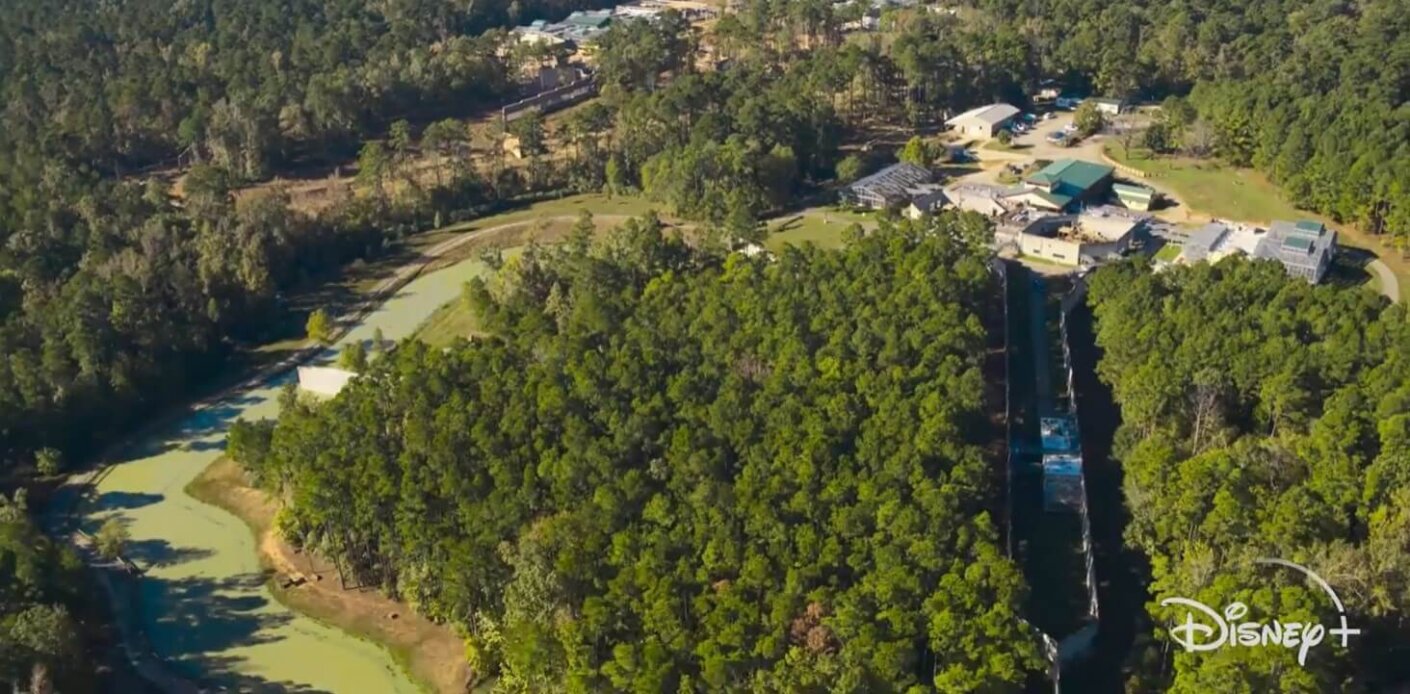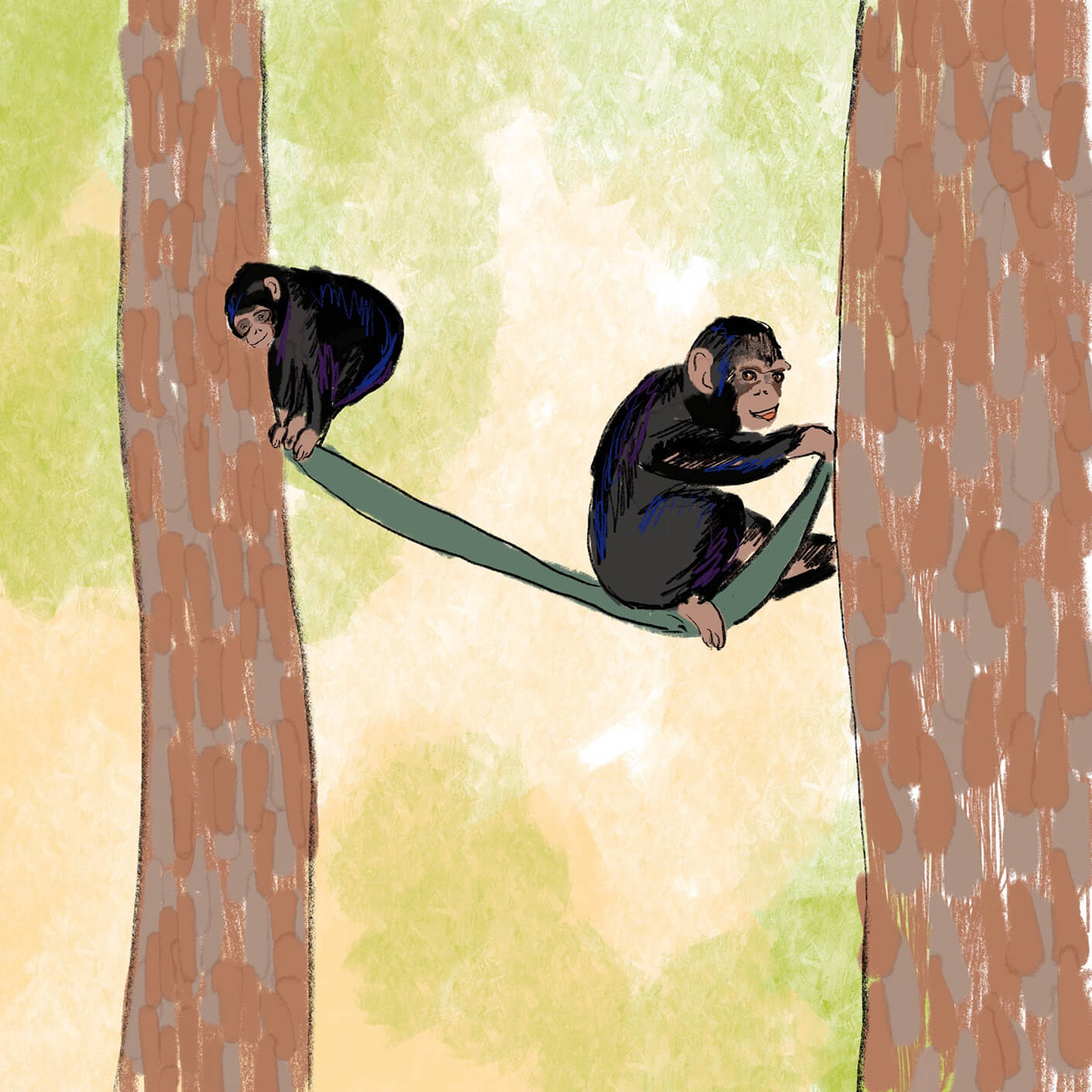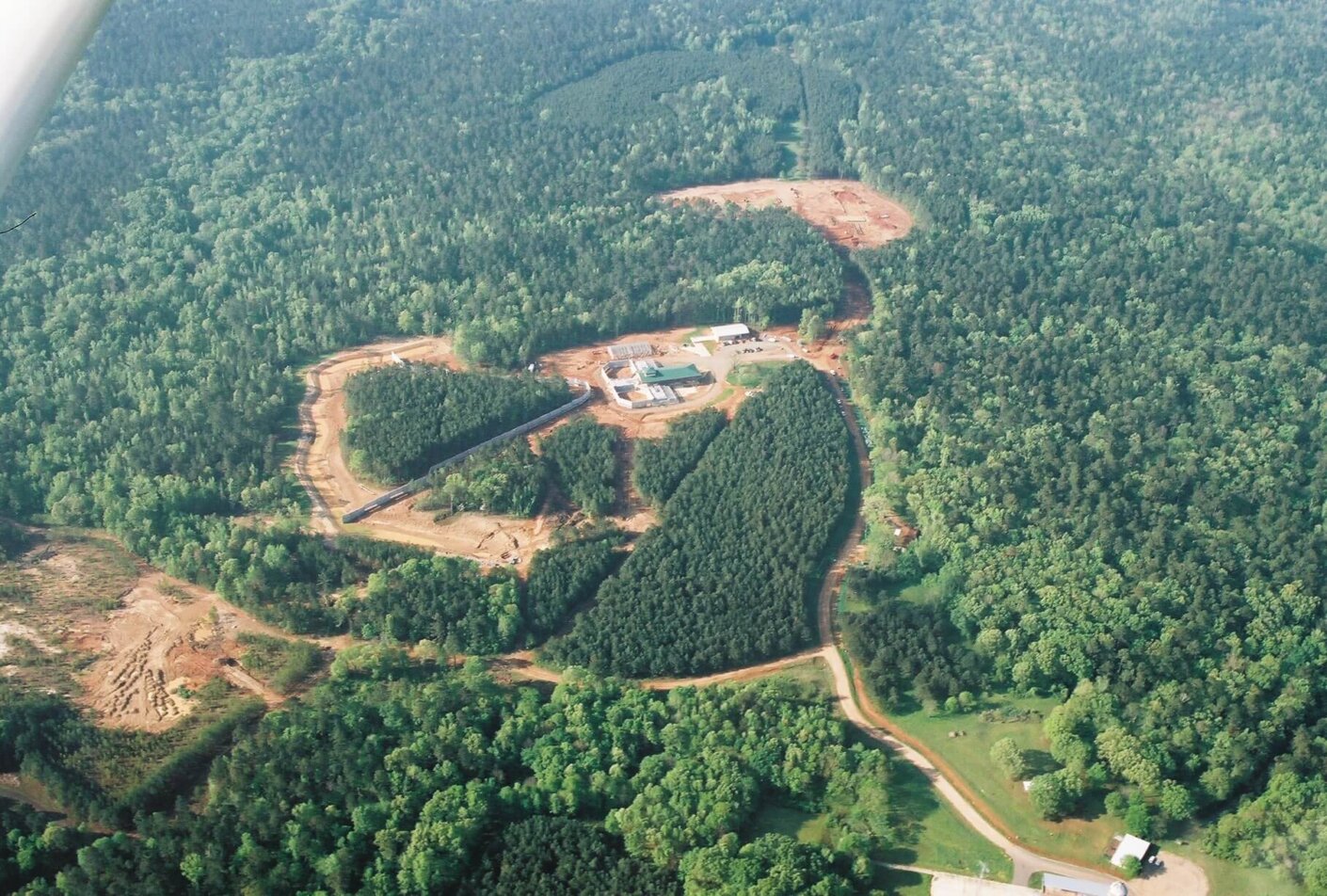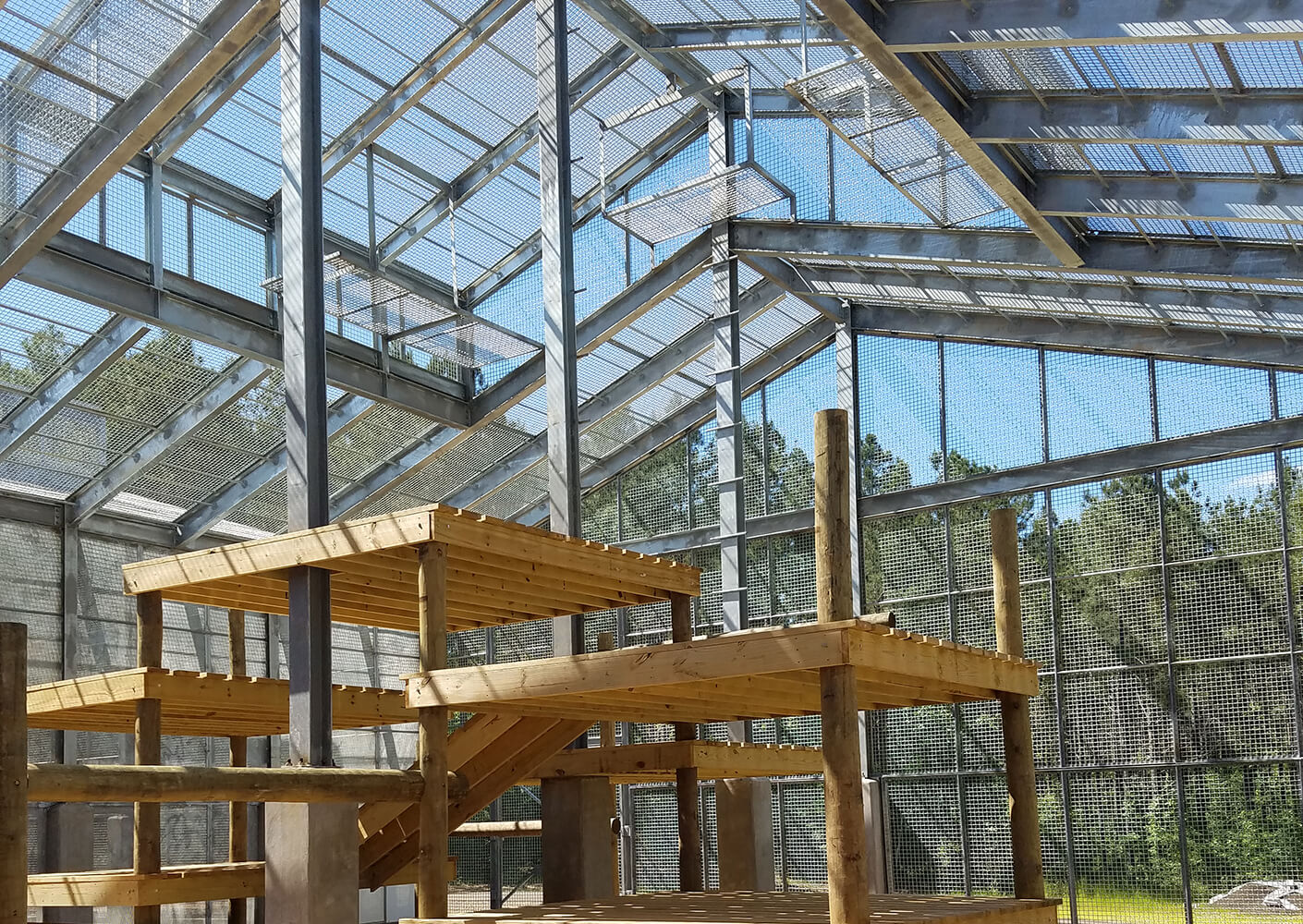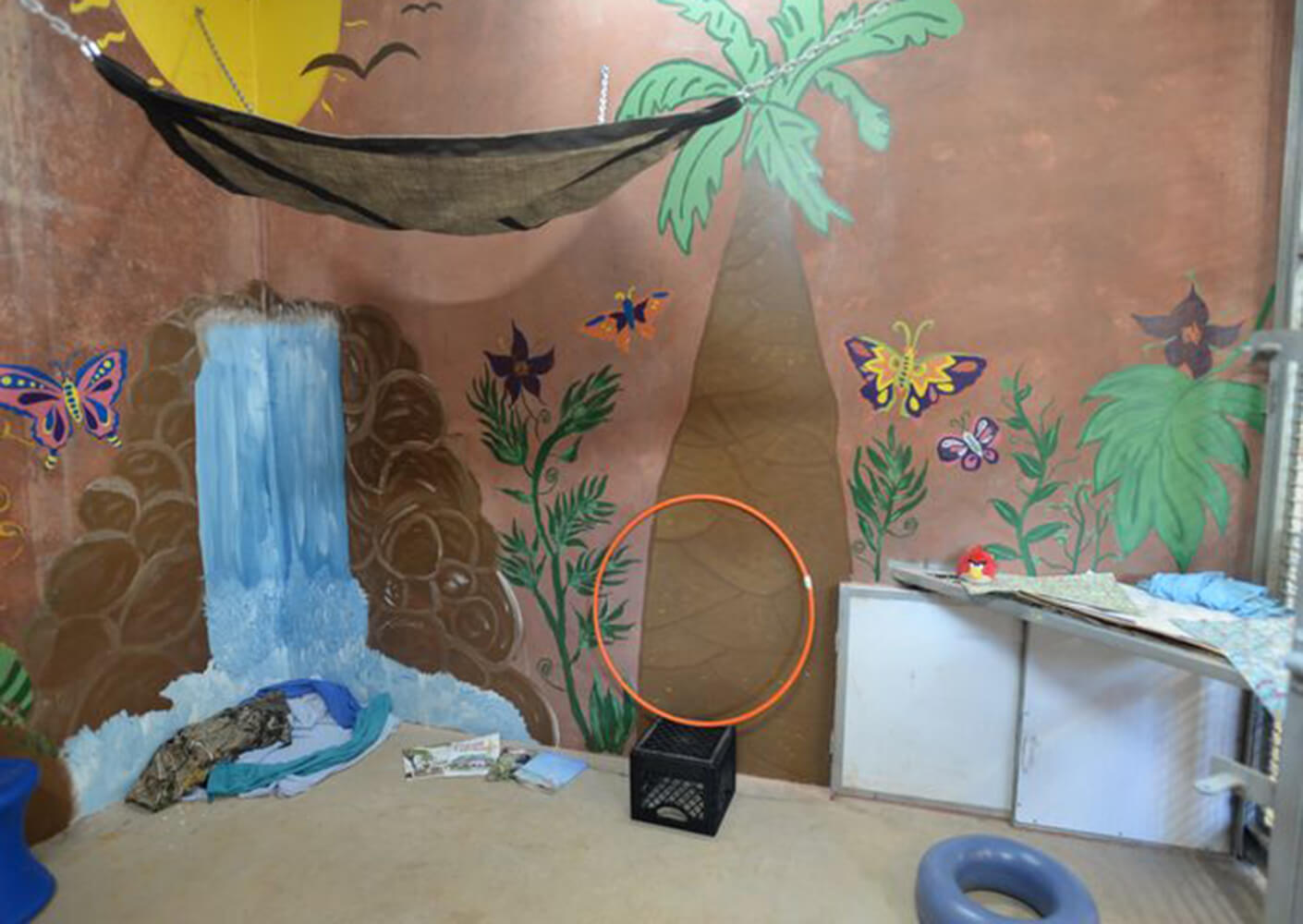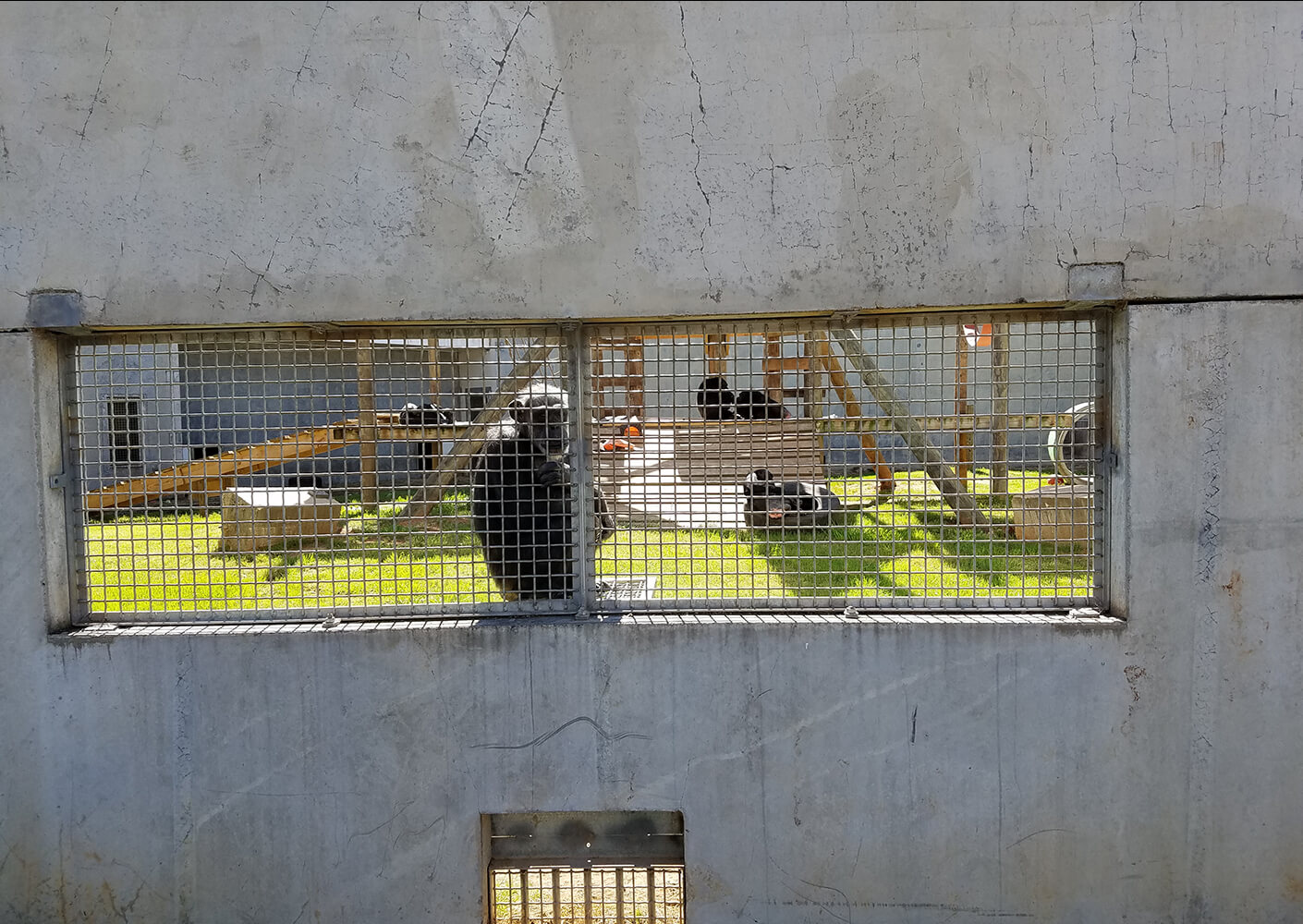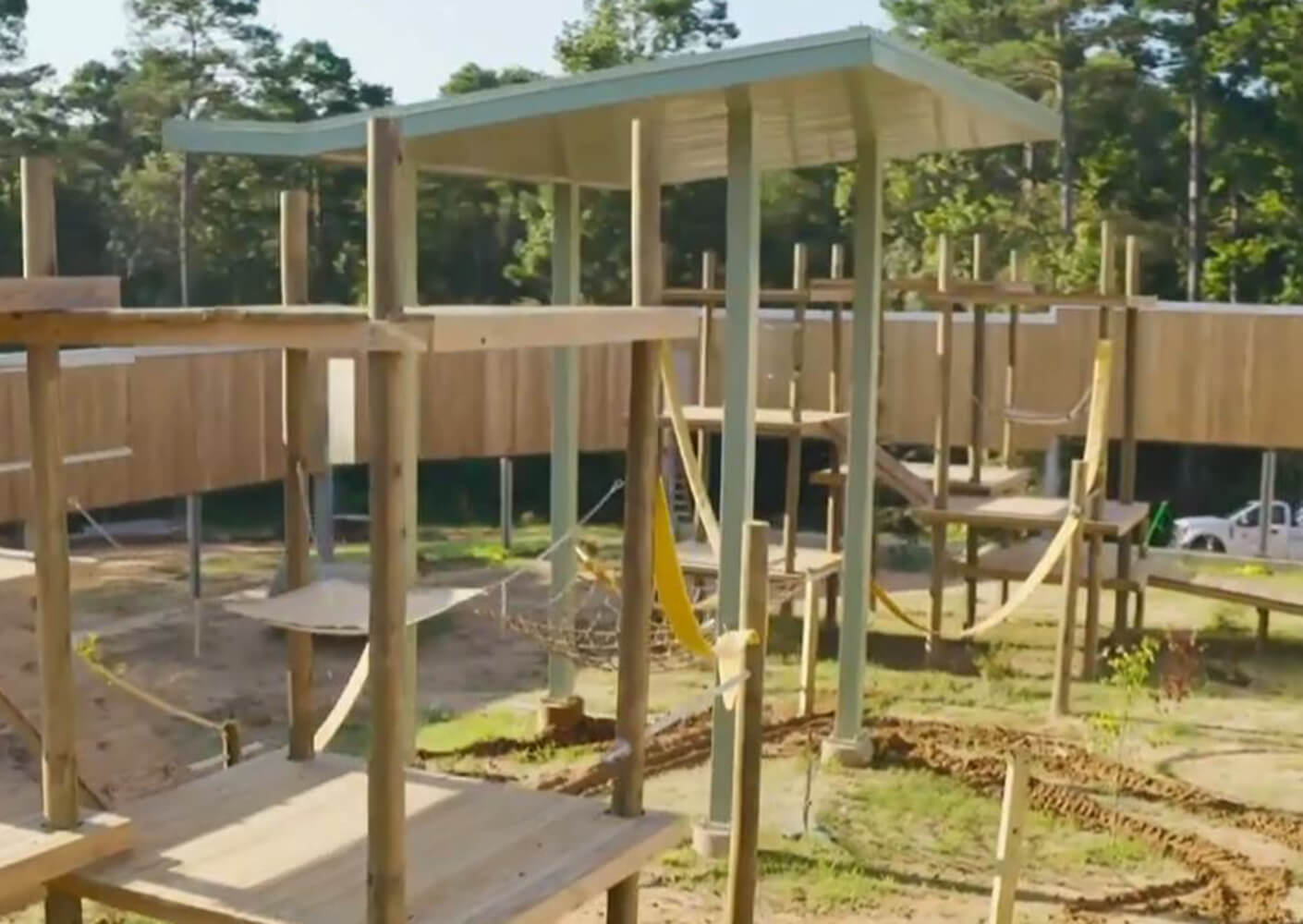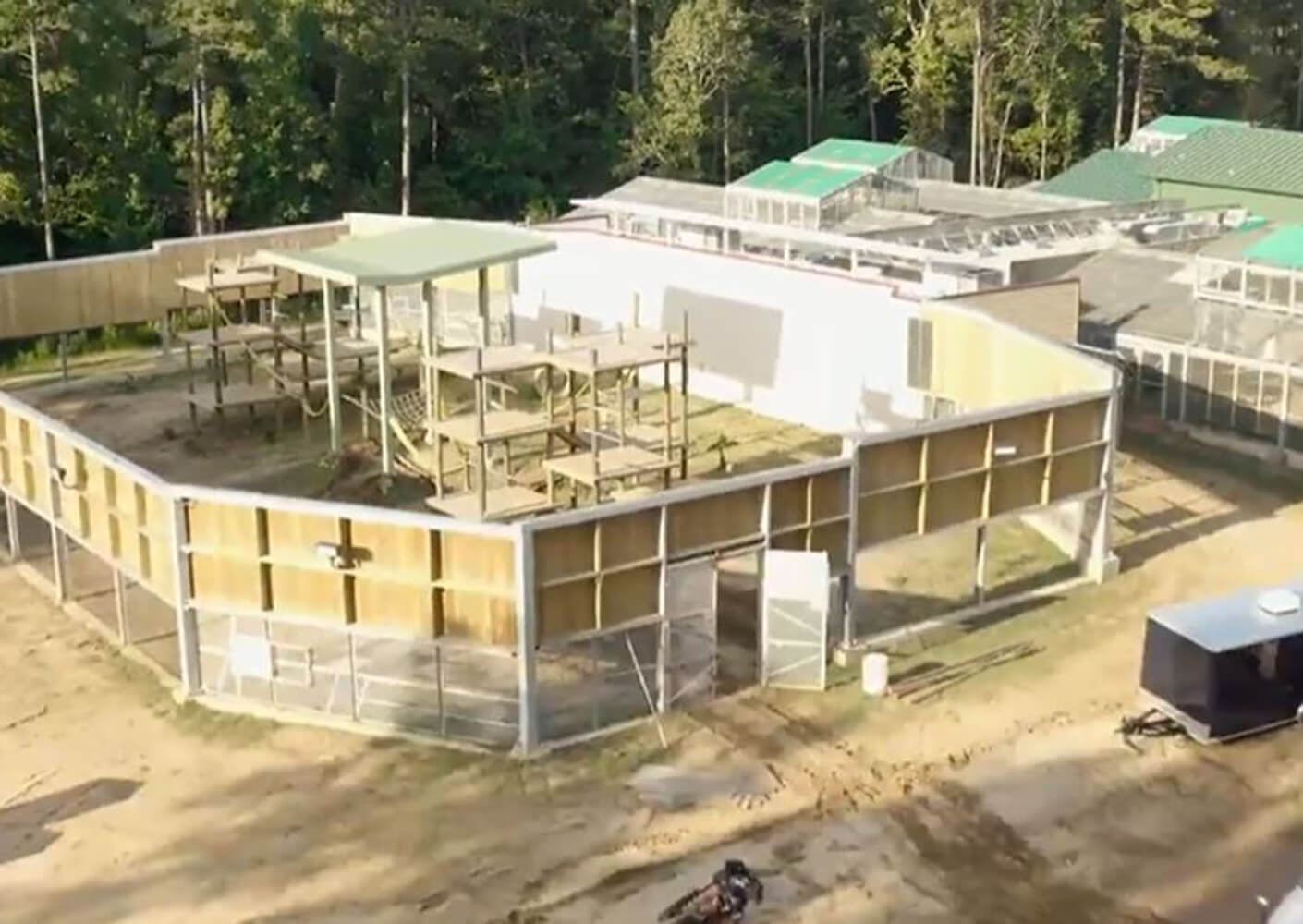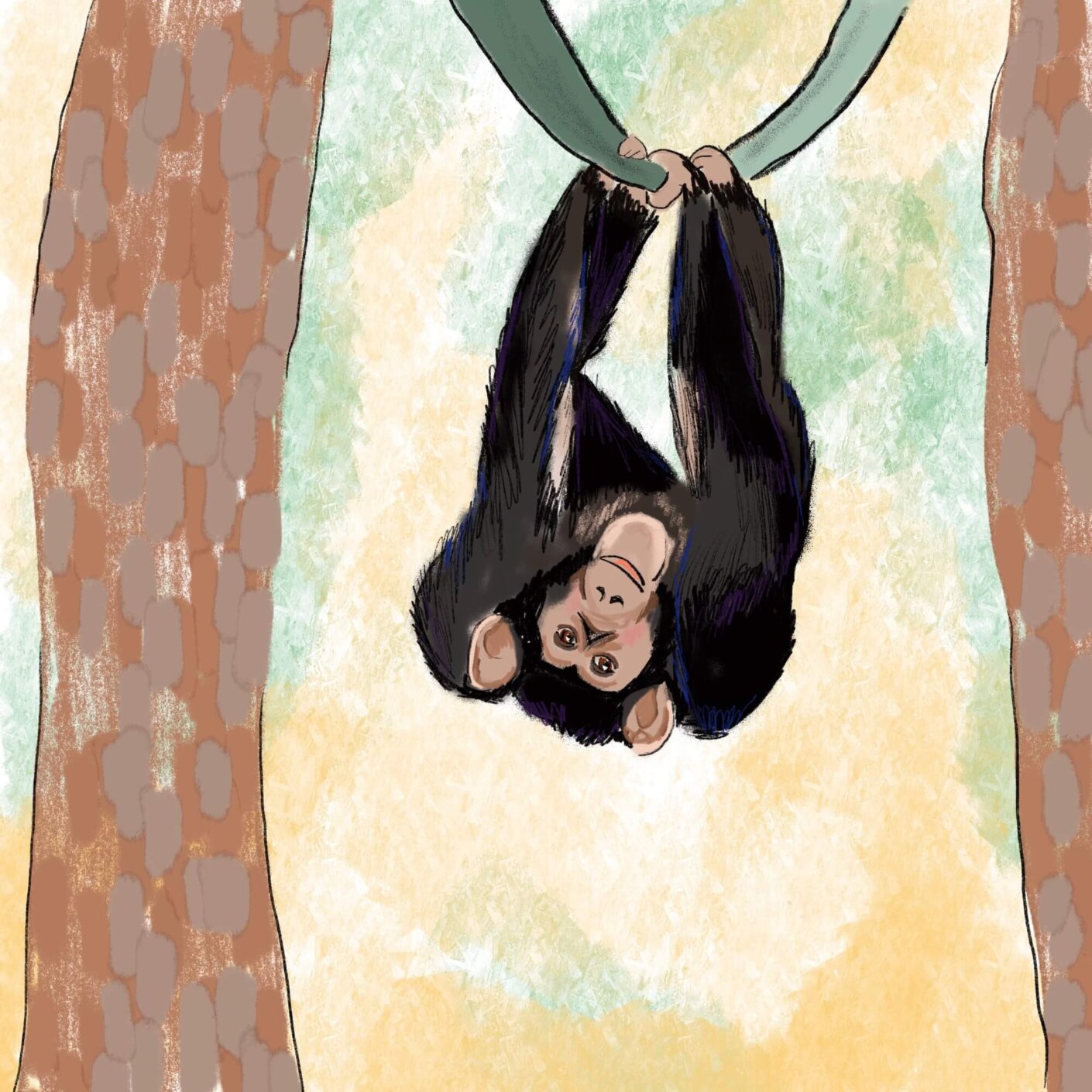As designers, we’re always putting people first. So surely if we can design for humans, we can also design for chimpanzees, which share 99% of our DNA. Chimp Haven, an organization dedicated to providing exceptional care for chimpanzees retired from medical research, has worked in close collaboration with architects Ed Cordes and Lea Anne Leatherwood since 1995, pioneering design for the health and well-being of these human-like animals. Since then, Chimp Haven has flourished into a 200-acre woodland refuge in Louisiana for chimps previously used in medical research. Currently the largest in the world, the sanctuary cares for more than 300 of the animals, giving them a safe, peaceful environment to enjoy their retirement.
Architects aren’t monkeying around at this chimpanzee sanctuary
